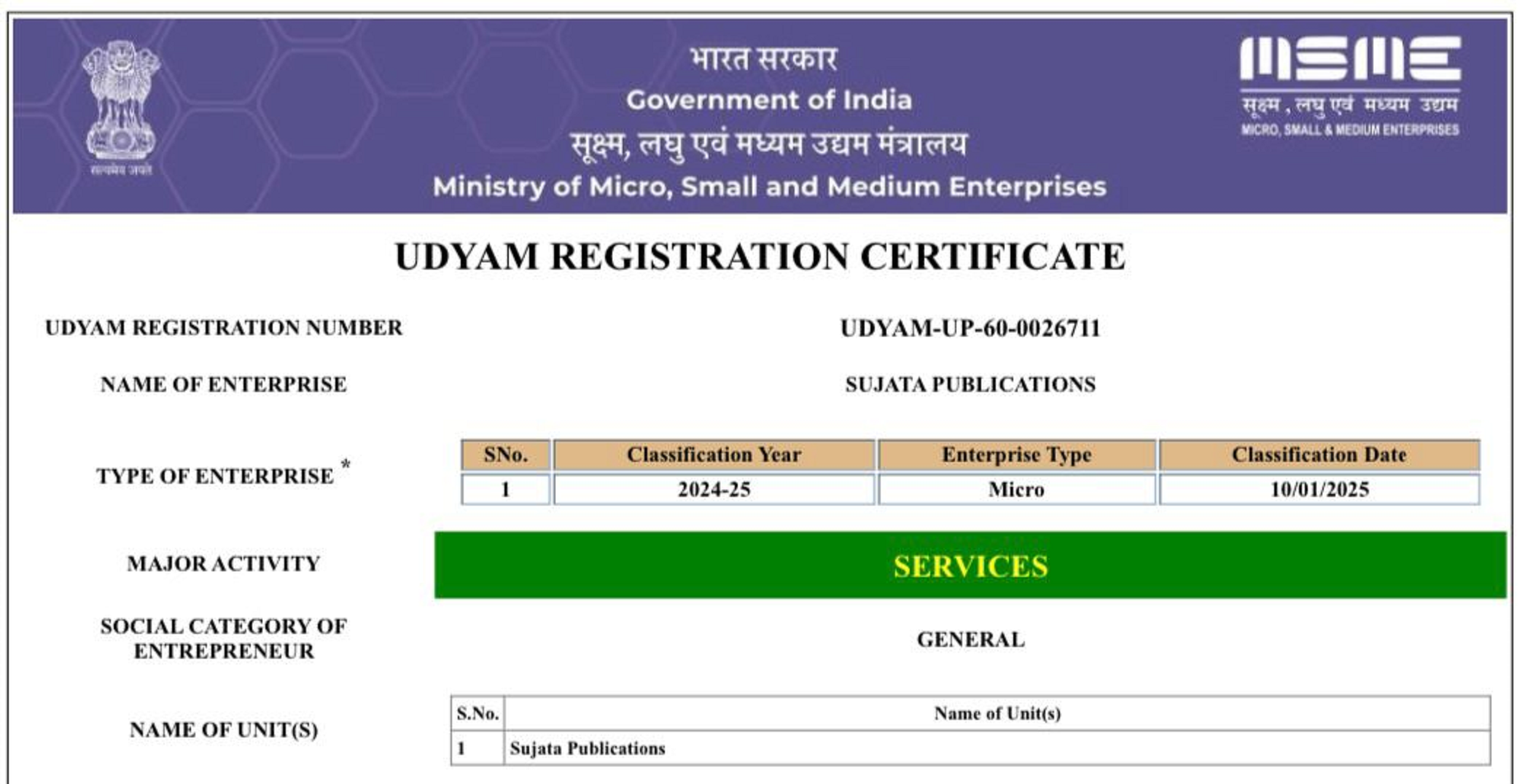Formulation And Evaluation of microemulsion based Allicin for the treatment of Staph Infection
DOI:
https://doi.org/10.62896/ijpdd.1.6.11Keywords:
Microemulsions, Skin infections, Bacteria, Antibiotics, Co-surfactantsAbstract
Micro emulsions have several advantages over emulsions, such as low manufacturing costs, high solubility, good penetrating power, clarity and transparency, the ability to be sterilized through filtration, and thermodynamic stability over an extended length of time. One of the most important components in the creation of a micro emulsion was surfactants. Combining surfactants and co-surfactants can enhance the dispersion of oil in water. The skin acts as an amazing barrier against bacterial infections. Many bacteria touches or reside on the skin, yet most of the time they are unable to create an infection. In the event that bacterial skin infections do develop, they can impact any area of the body, no matter how big or tiny. Depending on how bad they are, they could be harmless or even deadly. Bacterial skin infections can arise when bacteria enter the skin through hair follicles or microscopic skin breaks brought on by burns, sunburns, animal or insect bites, wounds, or pre-existing skin diseases. People are prone to developing bacterial skin illnesses following a variety of activities, such as gardening in contaminated soil or swimming in a contaminated pond, lake, or ocean. Antibiotics used topically are drugs used to treat bacterial infections.
Downloads
Published
Issue
Section
License
Copyright (c) 2024 Sujata Publications

This work is licensed under a Creative Commons Attribution-NonCommercial 4.0 International License.
















